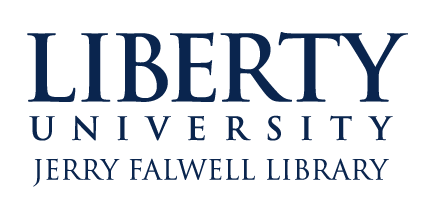Page Range
189-200
Keywords
Roger Williams, Religious Freedom, Separation of Church and State, Supreme Court
Abstract
To travel the road of religious freedom, a society requires firm guardrails. To the left of the road looms the cliff of “state suppression of religion.” To the right looms the cliff of “state establishment of religion.” During the life of Roger Williams (1603?-1683), the problem in the American colonies was the latter, the inextricable entanglement of religion and civil authority. Known as “The New England Way” in Williams’ colony of Massachusetts Bay, its main tenet of governance was that social stability required religious uniformity. Williams could not disagree more, embarking on a life’s mission to proclaim that government possesses no power over spiritual affairs, and that it was in fact religious liberty, not uniformity, that produced lasting social stability. One might call that “The Williams Way,” as he became the original architect of the American road to religious freedom, and of those indispensable guardrails, with later figures like Jefferson and Madison codifying similar parameters in the Bill of Rights. After describing the backstory of Williams’ upbringing, emigration to America, and banishment for his radical ideology, this article argues that The Williams Way of religious freedom—the narrow road between state establishment and state suppression of religion—is every bit as imperative today as it was 400 years ago, when Roger Williams first forged it.
Recommended Citation
Zigarelli, Michael. 2022. "The Williams Way: Why Roger Williams’ Philosophy of Religious Liberty Remains Imperative Today." Liberty Theological Review 6, (2). https://doi.org/10.70623/RNEZ3012.


